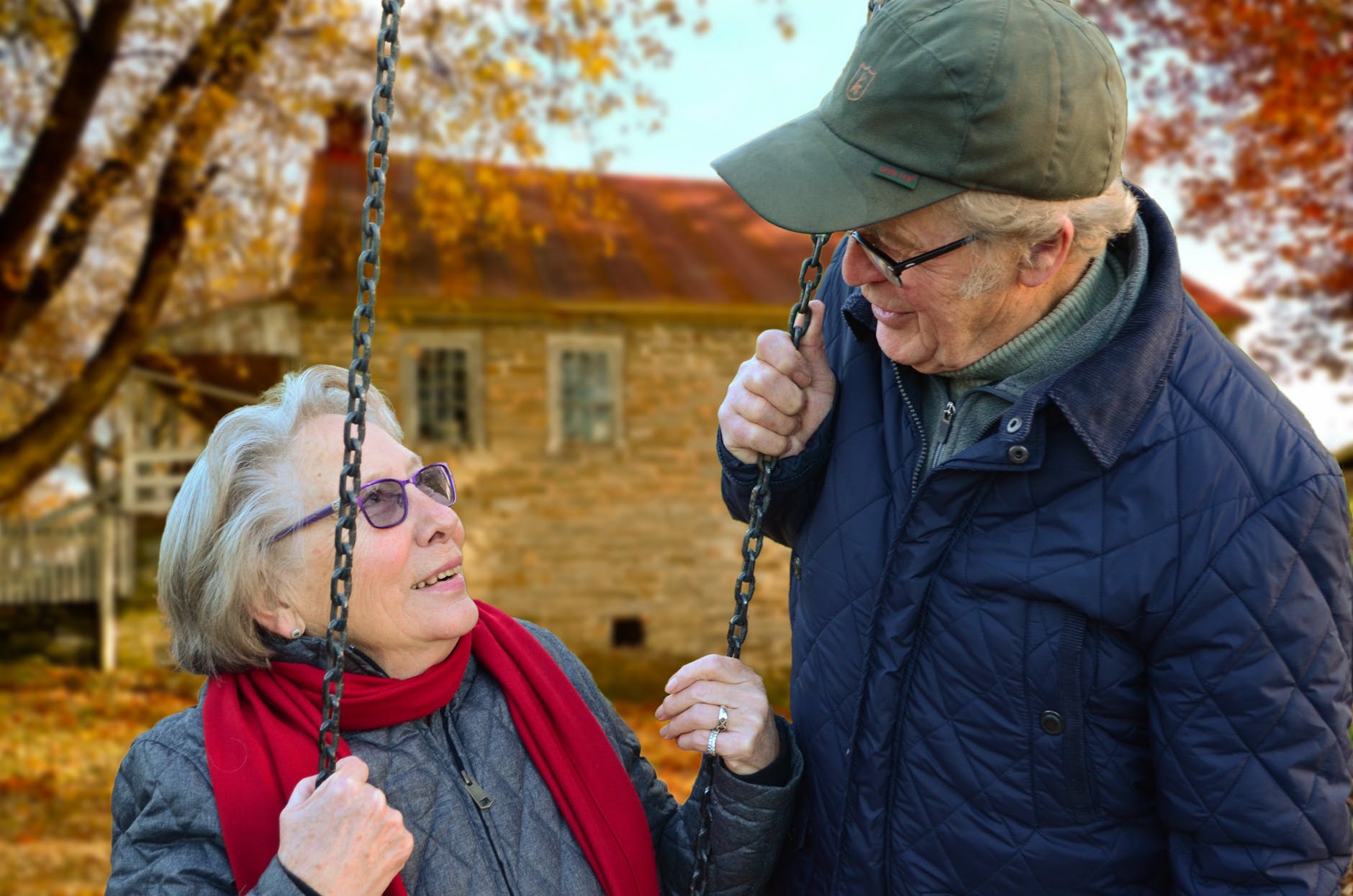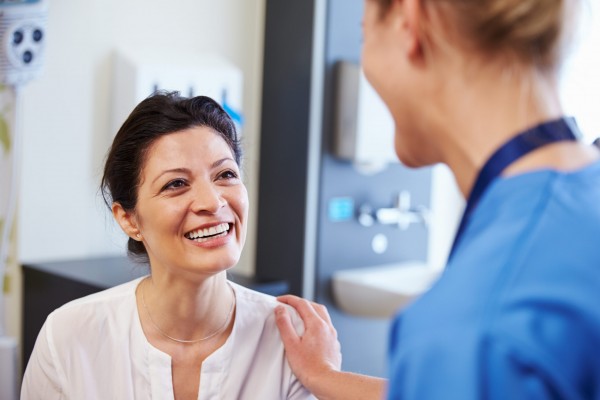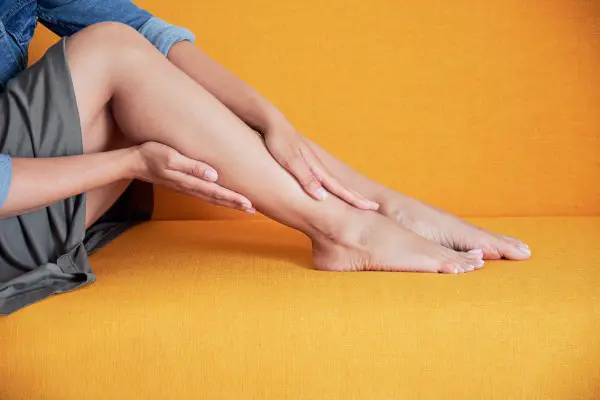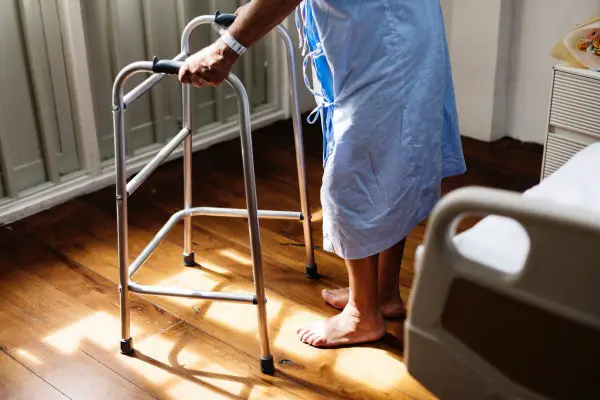If your varicose veins are symptomatic, causing severe chronic pain, skin ulcers, or bleeding, Medicare may cover medical treatment for varicose veins if conservative therapy doesn’t work.
The vast majority of people with varicose veins don’t need medical treatment. Varicose veins can generally be improved with compression stockings and self-care measures such as weight loss and exercise.
Medicare does not pay for compression stockings for treatment of varicose veins. If being overweight is contributing to your varicose veins or making them worse, however, Medicare may pay for weight loss counseling sessions. If you qualify, you pay nothing for these visits if you get them from a provider who accepts Medicare assignment.
There is no Medicare coverage if you are seeking medical treatment to improve the appearance of your varicose veins. Cosmetic procedures are not covered by Medicare.
Most medical treatments for varicose veins are performed in an outpatient setting. These can include ultrasound guided sclerotherapy, laser ablation, RFA, vein stripping, and phlebectomy.
After six or eight weeks of conservative therapy, your doctor may decide additional treatment is medically necessary. In that case, Medicare will cover most tests and procedures to treat your varicose veins.
Part B covers outpatient treatment for varicose veins; after you meet your Part B deductible, Medicare pays 80% of allowable charges. Some procedures may have a copayment amount if they are performed in the outpatient department of a hospital.
If you develop a clot or other serious complication from varicose veins and need to be hospitalized for treatment, Part A pays for your inpatient care. Your Part A deductible applies.
There are currently no prescription medications approved to treat varicose veins, although your doctor may prescribe medication to help manage your symptoms before and after treatment. You may also be given medication to help treat any underlying conditions that contribute to varicose veins.
There is generally no coverage for prescription drugs you take at home under Part B. If you have Medicare Part D prescription drug coverage, however, most medications are covered. You may have to meet a deductible and pay a copayment or coinsurance amount depending on your plan.
Varicose veins are a lot more common than you may think. About 20% of all adults will have them at some point during their lives. Although the condition is most often associated seniors, varicose veins can turn up at any age.
For most people, varicose veins are more an unsightly nuisance than a medical condition needing treatment. But sometimes, they can lead to more severe complications and cause unpleasant symptoms like aching and mild bleeding.
If you’re seeing a doctor or vein specialist about your varicose veins and you’re enrolled in Medicare, here’s what you should know about the condition and your coverage.
What Causes Varicose Veins?
Your arteries and veins are your body’s circulatory superhighway. The arteries deliver oxygen-rich blood from the heart to your organs and tissues, and veins return the blood to the heart.
In the upper body, gravity helps the blood return to the heart, but in the lower body, the blood fights against gravity to make its way up to the heart. Minute muscle contractions in the legs help push the blood up toward the heart, and tiny valves close off the veins in between muscle contractions to keep the blood from flowing back down.
When you get older, your veins weaken and stretch out, making it difficult for the valves to stop blood from flowing downward. As the blood pools in your leg veins, they bulge and become varicose. Varicose means “abnormally swollen and dilated.”
In women, hormones during pregnancy and menopause may also weaken the blood vessels, leading to varicose veins.
What are the potential complications of varicose veins?
Medically significant complications are rare. When they do occur, they can include:
- Minor bleeding. Varicose veins just beneath the skin may sometimes burst and cause bleeding. Although the bleeding is minimal, it’s a good idea to talk to your doctor because there’s a high risk of recurrent bleeding.
- Skin ulcers. Sometimes the blood and fluid buildup in the lower legs and ankles causes extremely painful skin ulcers to form. Discolored skin is an indication that an ulcer may be developing. You should see your doctor right away if you think you have an ulcer.
- Blood clots. These occur in veins deep within the leg, although they can also develop in vessels nearer the skin. Symptoms of clot formation, or thrombosis, include swelling and tenderness. You should seek emergency medical help if you have signs of a blood clot, as they can be life-threatening.
There’s really no way to prevent varicose veins, but they tend to be more common in overweight, sedentary people. If you maintain a normal weight, get regular exercise, and avoid sitting in one position for long periods of time, you can minimize your risk of developing varicose veins.
Medically reviewed by Dr. Susanne Woloson on 5-01-2020.
Danielle Roberts is a Medicare insurance expert and co-founder of Boomer Benefits, an agency that helps beneficiaries navigate their Medicare benefits.
Read This Next
Varithena is a minimally invasive procedure designed to treat varicose veins by using prescription medicine injected in the form of a microfoam to close off a non-functioning...
Read MoreInvasive varicose veins surgery is often considered a last resort for treating severely damaged veins; fortunately there are many types of varicose veins surgery, ranging...
Read MoreUltrasound guided sclerotherapy, or UGS, is a specialized procedure designed to treat and eliminate branch varicose veins located at or just below, the surface of the skin. ...
Read MoreDebbie Middleton’s lower left leg started swelling up. So, she was sent to a vein specialist. Turns out, she had varicose veins. A leaky vein in her leg needed to be closed...
Read More





